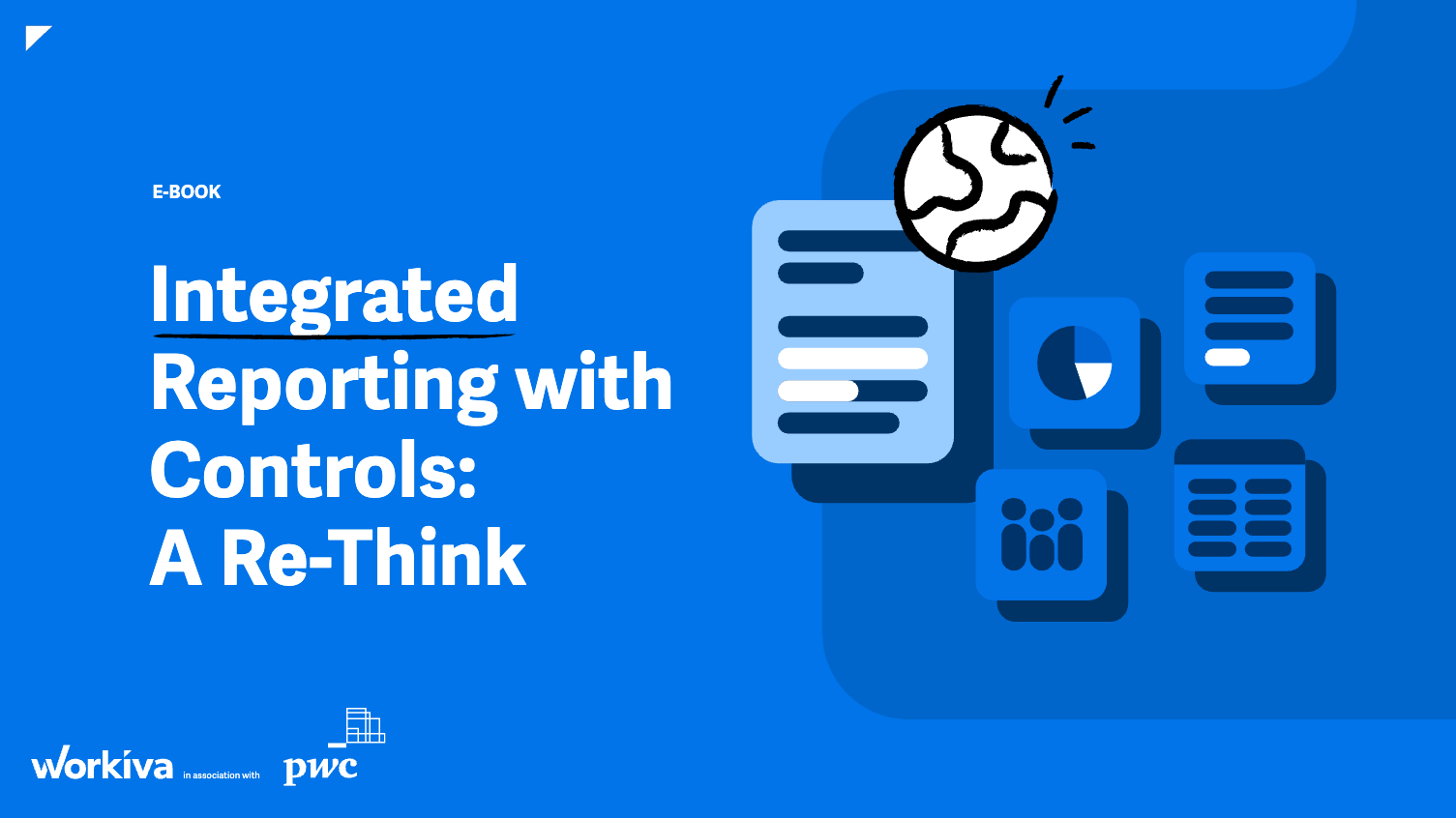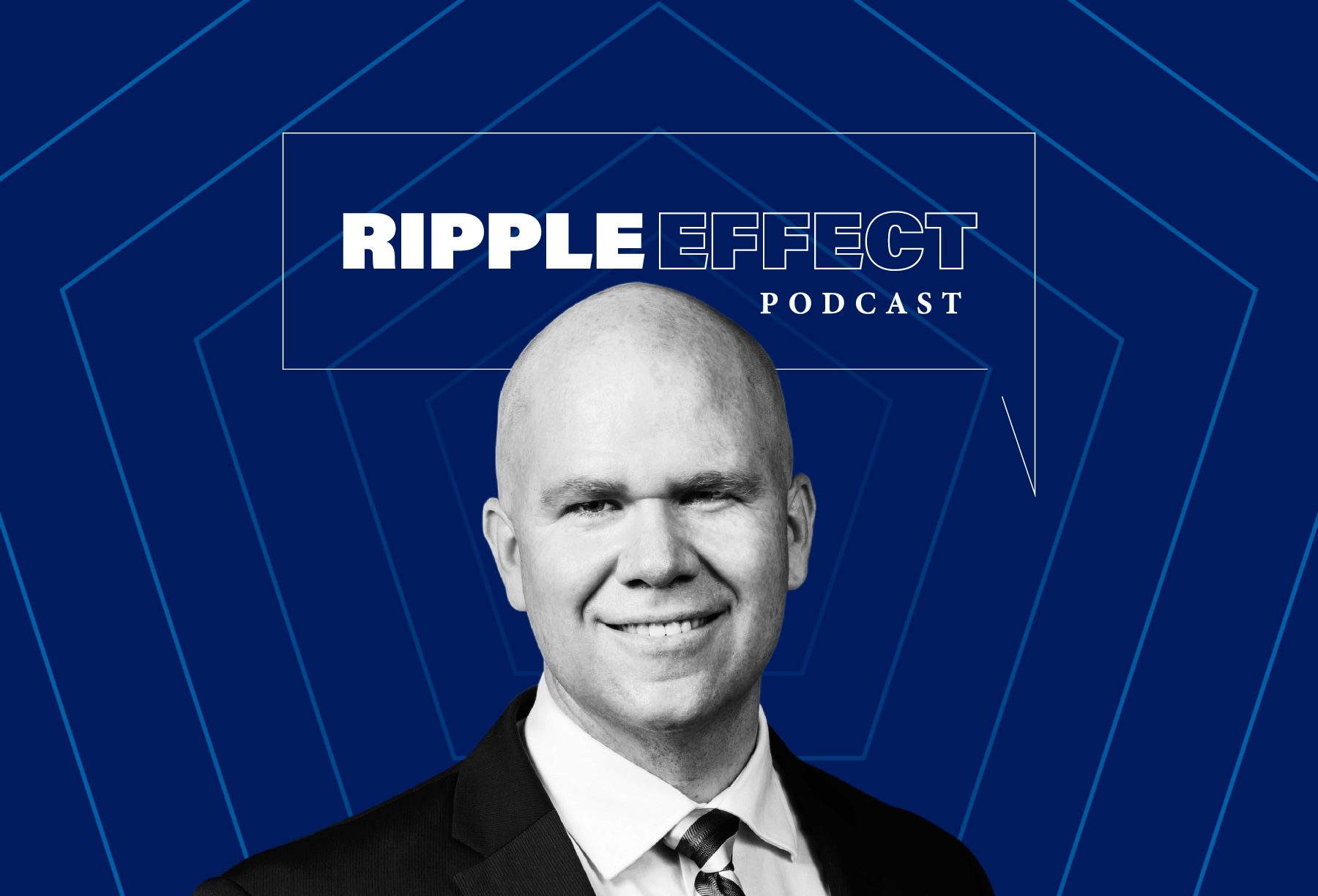Payday Loans: Understanding the Risks and Safer Alternatives
Payday loans promise quick cash when you’re strapped for funds, but they come with significant trade-offs. While these loans are popular for their convenience and speed, the steep interest rates and high fees can leave borrowers trapped in a cycle of debt. Let’s take a deep dive into how payday loans work, their costs, legal limitations, and smarter alternatives to consider before signing that dotted line.
What Are Payday Loans?
Payday loans are short-term, high-cost loans typically intended to cover emergency expenses until your next paycheck. Generally, the loan amounts are small—often $500 or less—and they are due in full within two to four weeks. They can be obtained through storefront lenders or online platforms, depending on state regulations.
Key Characteristics of Payday Loans
- Small Loan Amounts: The loans are often limited to amounts under $500, although some states allow for higher caps. States may impose legal limits to prevent excessive borrowing.
- Short Repayment Period: These loans are generally due on your next payday, or when you receive income such as a pension or Social Security. The short turnaround can lead to financial pressure.
- Automatic Repayment Authorization: You’ll typically be required to write a post-dated check or authorize the lender to electronically debit your bank account. If funds are insufficient, you could face overdraft fees and additional penalties.
- No Credit Check: Payday lenders usually do not evaluate your credit history or your ability to repay the loan, increasing the risk for vulnerable borrowers.
- Fixed or Rollover Terms: Some payday loans must be paid off in one lump sum, while others may allow rollover—extending the loan by paying just the fee due. This can trap borrowers into a cycle of repeatedly renewing their debt.
How Much Do Payday Loans Really Cost?
The cost structure of payday loans can be deceptive. While it may seem like a $15 fee on a $100 loan over two weeks is affordable, this actually equates to an Annual Percentage Rate (APR) of nearly 400%. By contrast, credit cards typically carry APRs of 12% to 30%.
Here’s a cost breakdown:
- A $300 loan with a $45 fee (15%) due in two weeks will cost $345 to repay.
- If rolled over just four times, the total repayment becomes $525.
Many state laws cap the allowable fees and maximum loan amounts. Make sure you know your state’s regulations before proceeding. For a broader understanding, check out this guide on credit basics to help you manage your financial profile better.
Are Payday Loans Legal in Every State?
No. Some states have outlawed payday loans either due to extremely high APRs or because lenders declined to operate under state-imposed financial limitations. In contrast, other states permit payday lending but with strict licensing and fee regulations. You’re encouraged to verify with your state government or financial regulator to confirm legality and lender licensing.
Access to Payday Loans
Here’s how payday loan funds are typically distributed:
- Cash handed over in person at a storefront
- Direct deposit to your checking or savings account
- Prepaid debit card issued by the lender
- Paper check mailed or picked up in person
You’ll need to provide:
- Proof of income
- An active bank account
- Valid identification
- Post-dated check or debit authorization
Why Do People Choose Payday Loans?
For many, it boils down to accessibility and speed. Payday loans don’t require collateral, credit checks, or lengthy approval processes. In emergencies, they can appear to be the fastest solution available. However, it’s important to weigh this against the long-term cost.
Sold on Convenience, Trapped by Debt
A major risk associated with payday loans is the ‘debt trap.’ Because of high fees and short repayment periods, many borrowers aren’t able to repay the loan on time and end up renewing or rolling it over. This results in repaying multiple times the original loan amount in fees alone.
For example:
- Initial loan: $500
- Fee: $75 (15%)
- If unable to repay, you may pay $75 every two weeks for months
- After four rollovers, you’ve paid $300 just in fees and still owe $500
Learn how to strengthen your finances to avoid such traps with this comprehensive personal finance strategy guide.
Servicemembers: Special Protections Apply
Active duty servicemembers and their dependents are protected under the Military Lending Act (MLA), which caps the Military Annual Percentage Rate (MAPR) at 36%. The Act also restricts other loan features to prevent predatory practices. Reach out to your local Judge Advocate General (JAG) office for assistance or use the Legal Assistance Office Locator online.
When Payday Loans Might Be Worth Considering
There are a few cases where a payday loan could be justified:
- Emergency car repair required for commuting
- Medical expenses not covered by insurance
- Utility shut-off notices
In these cases, make sure you fully understand the terms and have a solid plan for repayment. Still, this should be the last resort.
Smarter Alternatives to Payday Loans
Before you apply for a payday loan, explore these less risky options:
- Credit Union Loans: Many credit unions offer small-dollar loans with lower interest rates and longer term limits. Learn more about credit union vs payday loans.
- Payment Plans: Negotiate with utility providers or medical service providers for payment plans.
- Cash Advances from Credit Cards: While not ideal, the APR is significantly lower than payday loans in many cases. Understand more about credit types.
- Employer Advance: Some employers offer paycheck advances to help during financial crunches.
- Local Charities and Assistance Programs: Community organizations may offer emergency funds to help with rent, groceries, or utilities. Explore this list of emergency resources.
- Installment Loans: These usually offer lower APRs and longer repayment periods compared to payday loans. Learn more in this article on installment loans.
How to Avoid Future Reliance on Payday Loans
Financial literacy is the key to avoiding high-cost loans. Here are practical steps to take:
- Build an emergency fund
- Track your spending and set budgets
- Improve your credit score
- Avoid impulse purchases
- Access financial literacy resources like how to build an emergency fund
Conclusion: Think Before You Borrow
Payday loans may seem like a helpful quick fix, but their high fees, short repayment terms, and potential for debt cycles make them a risky option. Understanding your state’s laws, evaluating all alternatives, and making informed financial decisions can help you avoid the traps associated with payday loans.
Before applying, ask yourself:
- Can I repay this comfortably within the term?
- What are the exact fees and APR?
- Are there safer alternatives?
For more insights into borrowing, budgeting, and financial tools, visit fintechfilter.com.






